Time Periods
Paleolithic
Mesolithic
Neolithic
Chalcolithic
Bronze Age
Iron Age
Classical Period
Post-Classical Period
Early Modern Period
Industrial Period
Contemporary Period
Time Periods
Paleolithic
Mesolithic
Neolithic
Chalcolithic
Bronze Age
Iron Age
Classical Period
Post-Classical Period
Early Modern Period
Industrial Period
Contemporary Period
Location
About
Jabung temple, a 14th-century Buddhist structure located in East Java, Indonesia, is a significant archaeological site from the Majapahit era. Constructed from high-quality red brick, the temple complex includes the main temple and a smaller 'corner temple'. It features exquisite bas reliefs depicting scenes from daily life and the tale of Sri Tanjung, illustrating the artistic and cultural richness of the period. The temple's architectural style is similar to the Bahal temple in North Sumatra, indicating regional influences. The site was mentioned in historical texts like Nagarakretagama and Pararaton, highlighting its importance as a royal and funerary site. Notably, it was visited by King Hayam Wuruk in 1359 CE, marking its historical significance during the Majapahit era.
Gallery
Explore photographs of ancient structures, artifacts, and archaeological excavations at Jabung
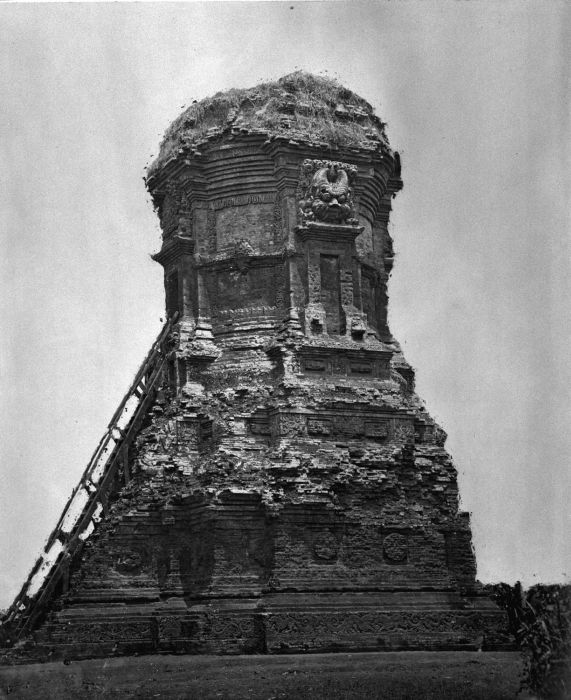
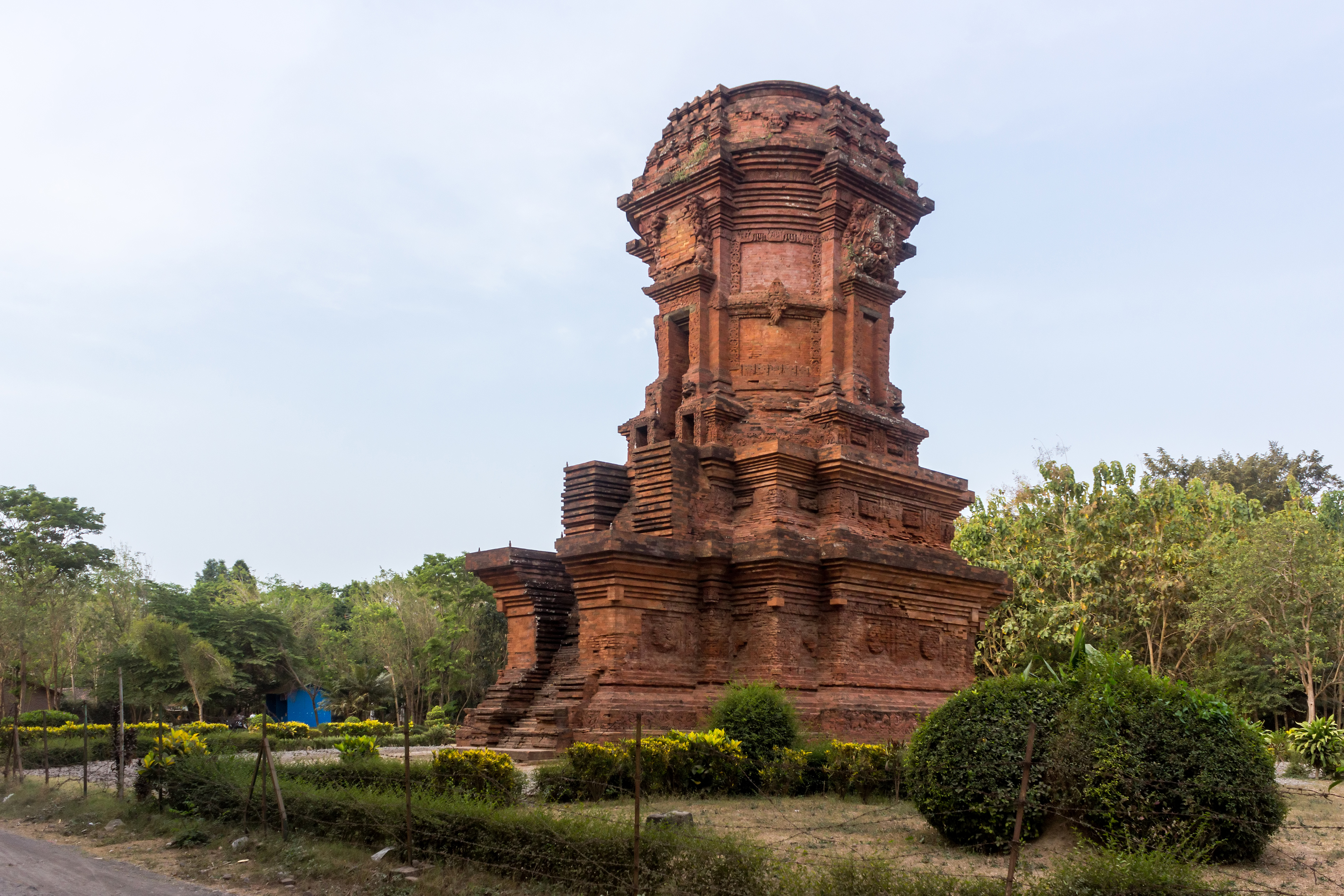
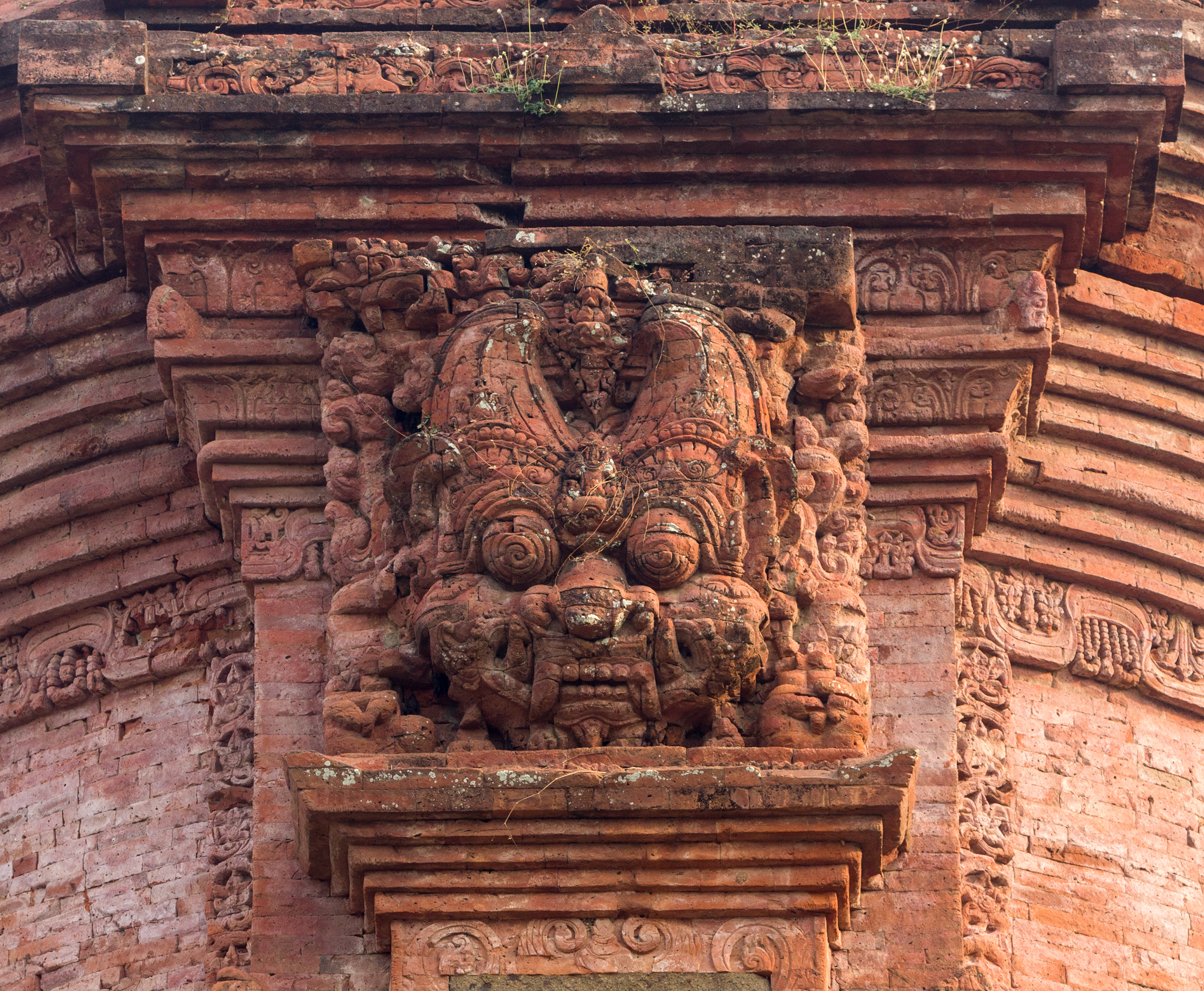
Archaeological Features
Explore the unique architectural and cultural elements found at this historical site
Religious and Ritual Structures
Artistic and Decorative Features
Historical Timeline
Journey through time and discover key events in this site's archaeological history
Plan Your Visit
Details
- Country
- Indonesia
- Source
- Wikipedia
More Sites in Indonesia
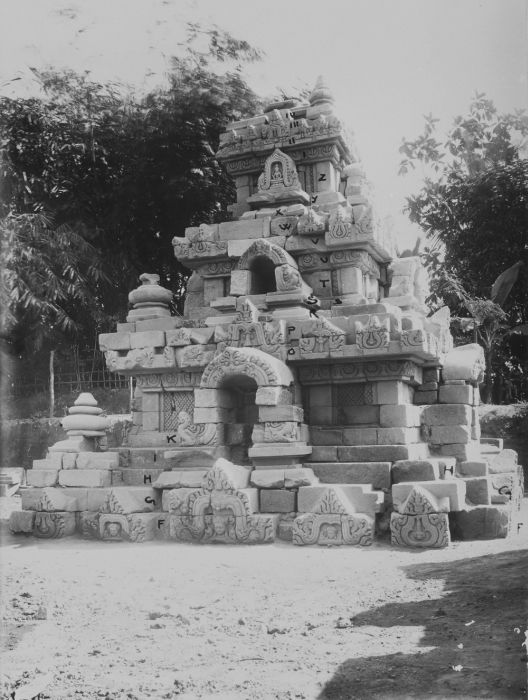
Merak Temple
10th-century Javanese Shivaist Hindu temple complex
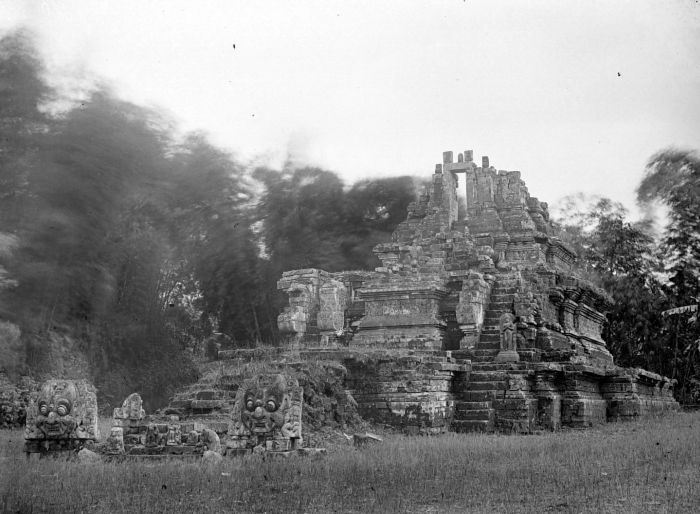
Jago Temple
13th-century Hindu temple in East Java
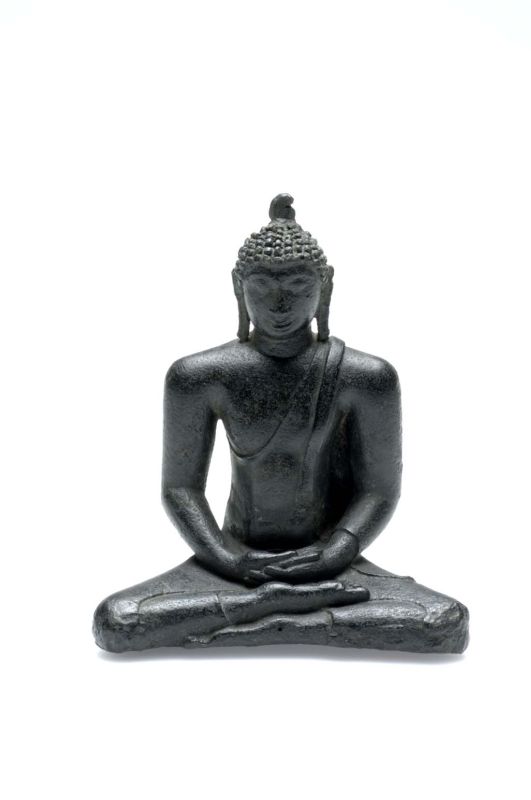
Bahal temple
Red brick Vajrayana Buddhist temple complex
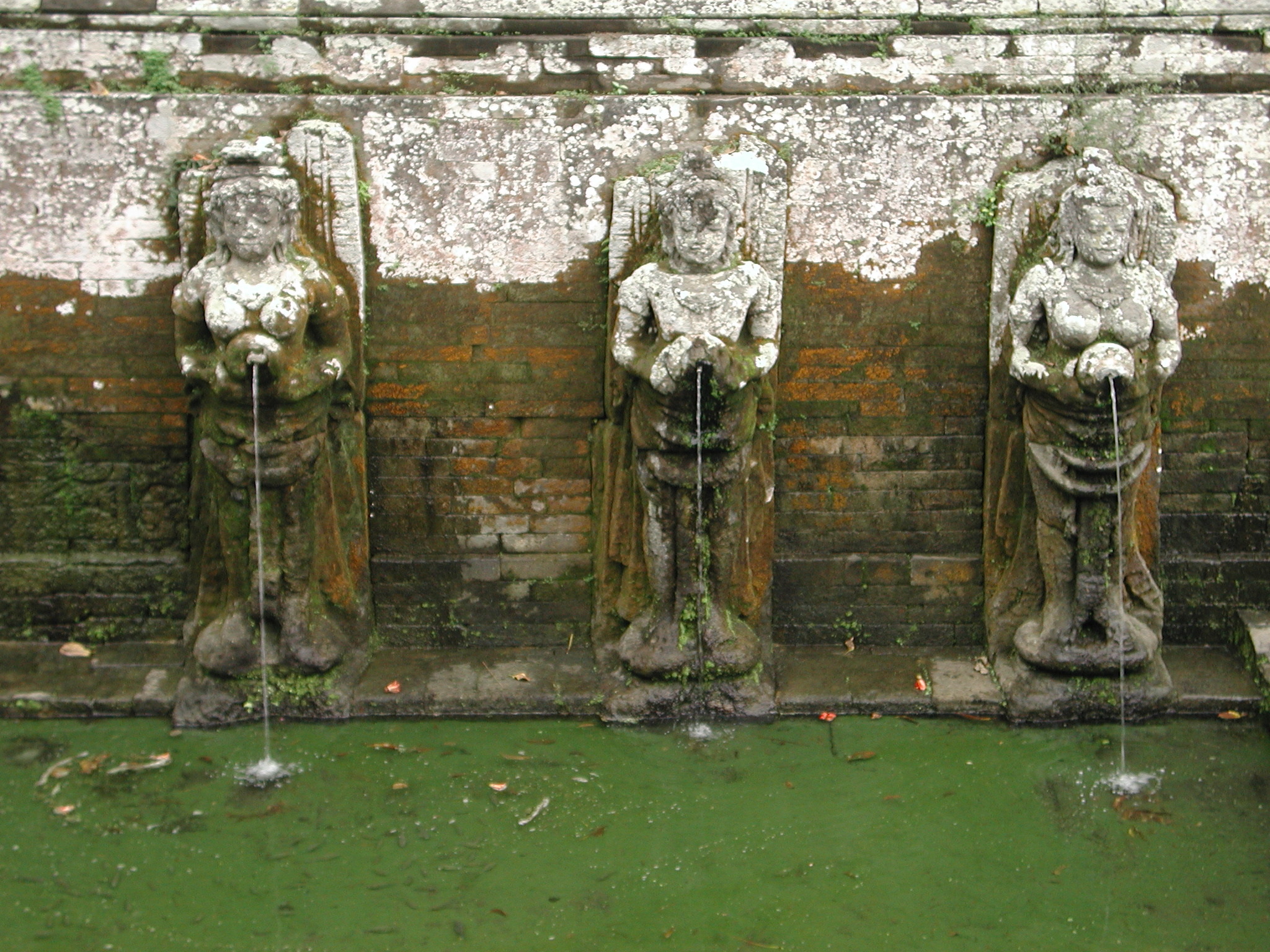
Goa Gajah
9th-century sanctuary with Hindu-Buddhist imagery.
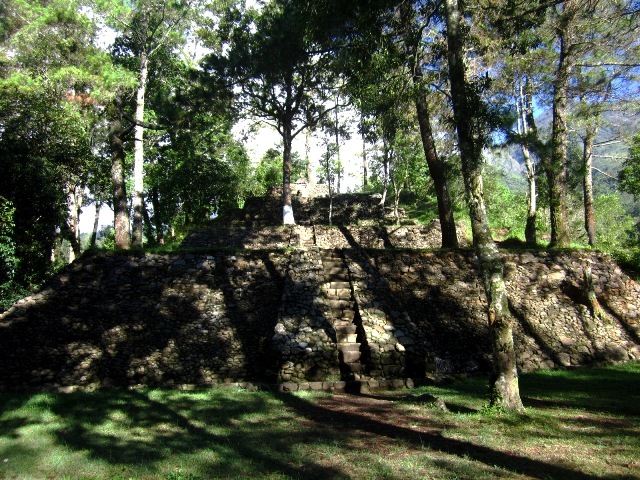
Candi Kethek
Terraced megalithic Hindu temple with seven terraces
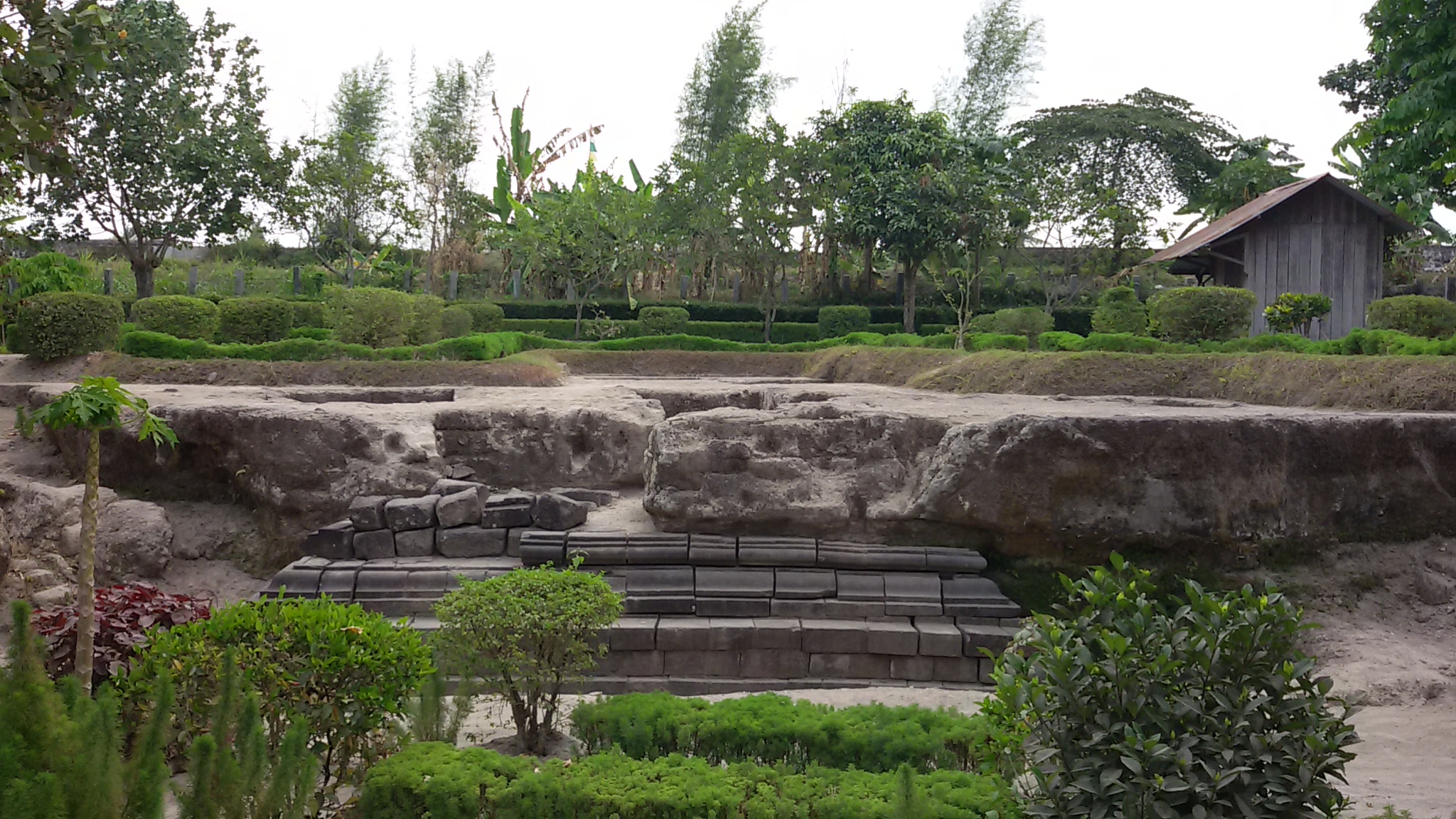
Kadisoka
Partially excavated Hindu temple in Indonesia.